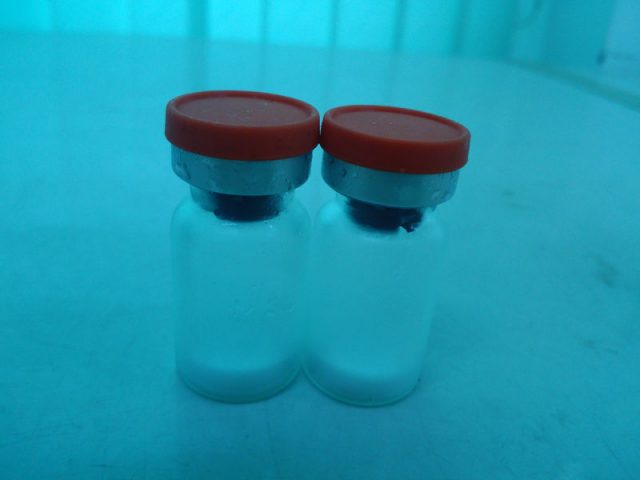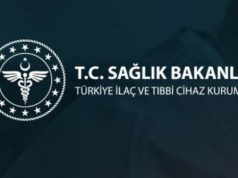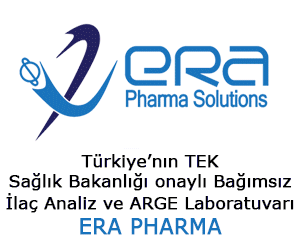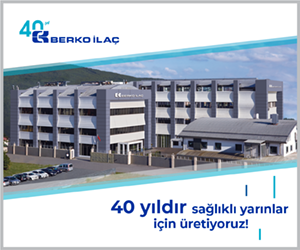Farelerde katı tümörlere doğrudan enjekte edilerek uygulanan iki bağışıklık uyarıcı ajan kanseri ortadan kaldırabilir …
Onkoloji Profesörü Dr Ronald Levy, “Bu iki ajan birlikte kullanıldığında tüm vücudun tümörlerinin ortadan kaldırıldığını görüyoruz” dedi .
Dr Levy laboratuvarında yapılan araştırmalar, insanlarda antikanser tedavisi olarak kullanılmak üzere onaylanan ilk monoklonal antikorlardan biri olan rituximab’ın gelişmesine sağlamıştı.
Cancer vaccine eliminates tumours
Injecting minute amounts of two immune-stimulating agents directly into solid tumours in mice can eliminate all traces of cancer in the animals, including distant, untreated metastases, according to a study by researchers at the Stanford University School of Medicine.
The approach works for many different types of cancers, including those that arise spontaneously, the study found.
The researchers believe the local application of very small amounts of the agents could serve as a rapid and relatively inexpensive cancer therapy that is unlikely to cause the adverse side effects often seen with bodywide immune stimulation.
“When we use these two agents together, we see the elimination of tumours all over the body,” said Dr Ronald Levy, Professor of Oncology. “This approach bypasses the need to identify tumour-specific immune targets and doesn’t require wholesale activation of the immune system or customisation of a patient’s immune cells.”
One agent is currently already approved for use in humans; the other has been tested for human use in several unrelated clinical trials. A clinical trial was launched in January to test the effect of the treatment in patients with lymphoma.
Research in Dr Levy laboratory led to the development of rituximab, one of the first monoclonal antibodies approved for use as an anticancer treatment in humans.
Some immunotherapy approaches rely on stimulating the immune system throughout the body. Others target naturally occurring checkpoints that limit the anti-cancer activity of immune cells. Still others, like the CAR T-cell therapy recently approved to treat some types of leukaemia and lymphomas, require a patient’s immune cells to be removed from the body and genetically engineered to attack the tumour cells. Many of these approaches have been successful, but they each have downsides — from difficult-to-handle side effects to high-cost and lengthy preparation or treatment times.
“All of these immunotherapy advances are changing medical practice,” Dr Levy said. “Our approach uses a one-time application of very small amounts of two agents to stimulate the immune cells only within a tumour itself. In the mice, we saw amazing, bodywide effects, including the elimination of tumours all over the animal.”
Cancers often exist in a strange kind of limbo with regard to the immune system. Immune cells like T cells recognise the abnormal proteins often present on cancer cells and infiltrate to attack a tumour. However, as a tumour grows, it often devises ways to suppress the activity of the T cells.
Dr Levy’s method works to reactivate the cancer-specific T cells by injecting microgram amounts of two agents directly into the tumour site. (A microgram is one-millionth of a gram). One, a short stretch of DNA called a CpG oligonucleotide, works with other nearby immune cells to amplify the expression of an activating receptor called OX40 on the surface of the T cells. The other, an antibody that binds to OX40, activates the T cells to lead the charge against the cancer cells. Because the two agents are injected directly into a tumour, only T cells that have infiltrated it are activated. In effect, these T cells are “prescreened” by the body to recognise only cancer-specific proteins.
Some of these tumour-specific activated T cells then leave an original tumour to find and destroy other identical tumours throughout the body.
The approach worked startlingly well in laboratory mice with transplanted mouse lymphoma tumours in two sites on their bodies. Injecting one tumour site with the two agents caused the regression not just of the treated tumour, but also of the second, untreated tumour. In this way, 87 of 90 mice were cured of cancer. Although the cancer recurred in three of the mice, the tumours again regressed after a second treatment. The researchers saw similar results in mice bearing breast, colon and melanoma tumours.
Mice genetically engineered to spontaneously develop breast cancers in all 10 of their mammary pads also responded to the treatment. Treating the first tumour that arose often prevented the occurrence of future tumours and significantly increased the animals’ lifespan, the researchers found.
Finally, Dr Sagiv-Barfi explored the specificity of the T cells by transplanting two types of tumours into the mice. She transplanted the same lymphoma cancer cells in two locations, and she transplanted a colon cancer cell line in a third location. Treatment of one of the lymphoma sites caused the regression of both lymphoma tumours but did not affect the growth of the colon cancer cells.
“This is a very targeted approach,” Dr Levy said. “Only the tumour that shares the protein targets displayed by the treated site is affected. We’re attacking specific targets without having to identify exactly what proteins the T cells are recognizing.”
The current clinical trial is expected to recruit about 15 patients with low-grade lymphoma. If successful, Levy believes the treatment could be useful for many tumour types. He envisions a future in which clinicians inject the two agents into solid tumours in humans prior to surgical removal of cancer as a way to prevent recurrence due to unidentified metastases or lingering cancer cells, or even to head off the development of future tumours that arise due to genetic mutations like BRCA1 and 2.
“I don’t think there’s a limit to the type of a tumour we could potentially treat, as long as it has been infiltrated by the immune system,” Dr Levy said.
The work is an example of Stanford Medicine’s focus on precision health, the goal of which is to anticipate and prevent disease in the healthy and precisely diagnose and treat disease in the ill.
The study has been published in Science Translational Medicine.




















